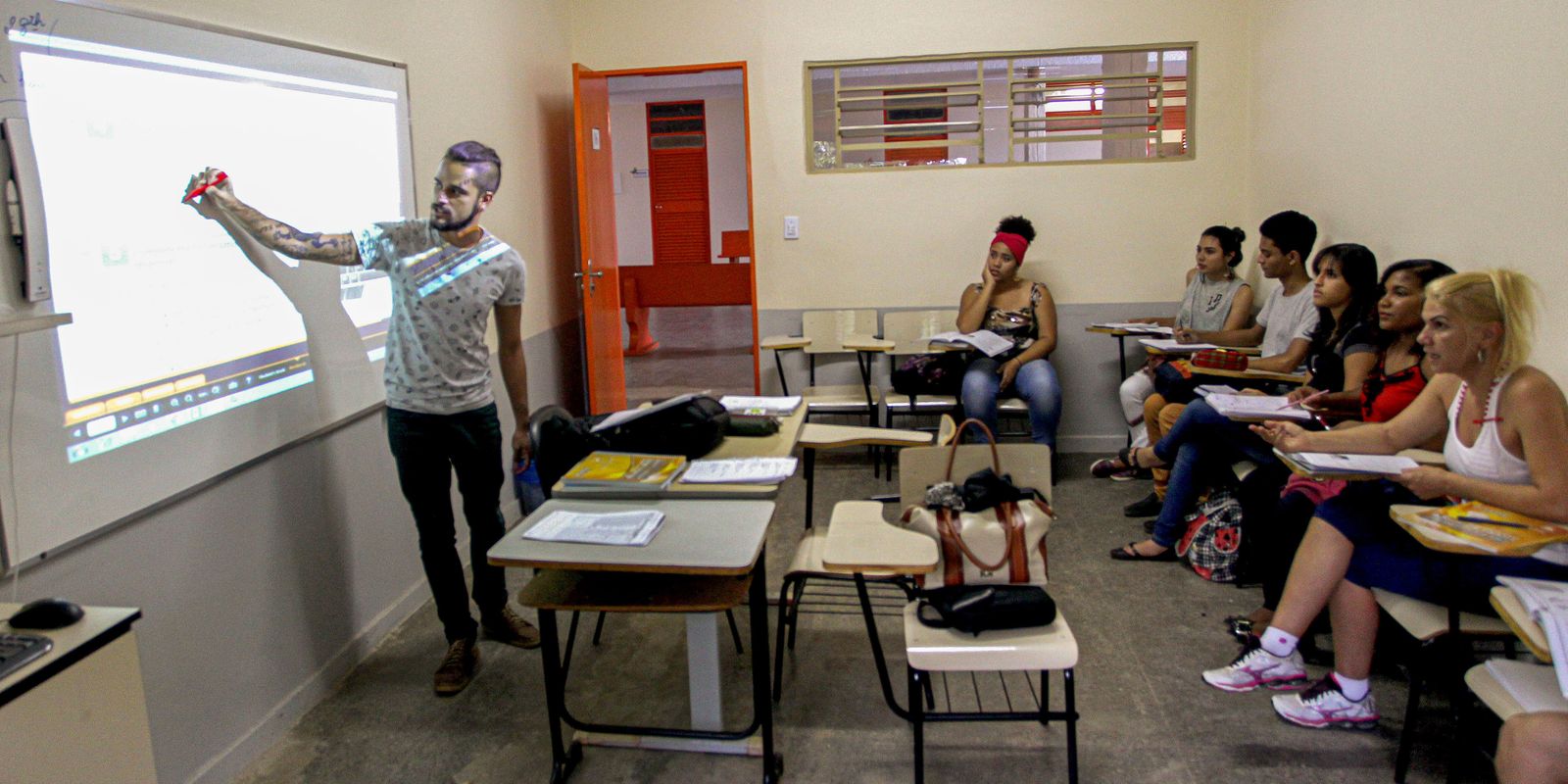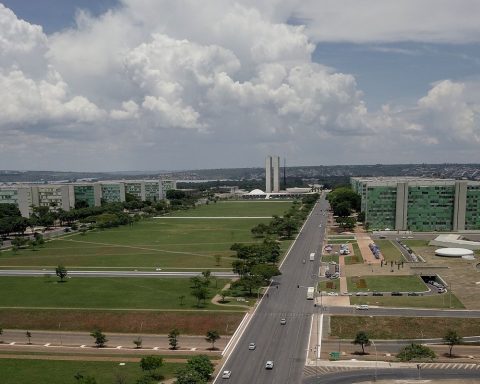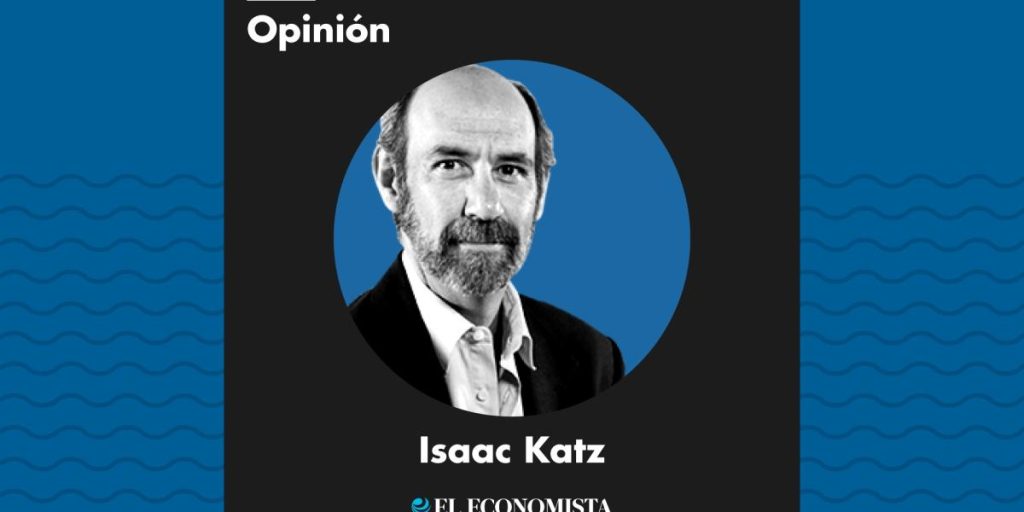Launched at the beginning of 2024, the federal Pé-de-Meia program ended the year with more than 3.9 million students benefiting. The program offers financial and educational incentives to high school students from public schools that are part of the Federal Government’s Single Registry for Social Programs (CadÚnico). In total, the student can receive, throughout high school, a total of R$9,200.
According to the Ministry of Education (MEC), given the scale of the incentive and the public benefiting, Pé-de-Meia is currently the largest policy to combat social inequality in the country, after Bolsa Família. The program has an annual investment of R$12.5 billion.
In absolute numbers, the state of São Paulo has the largest number of beneficiaries, 538,604, followed by Bahia, with 410,639 and Minas Gerais, with 351,666.
The program was launched as an incentive for students to complete high school. The 2023 School Census showed that the stage has the highest repetition rate, 3.9%, of all basic education, which ranges from kindergarten to high school. The stage also has the highest dropout rates, 5.9% of students leave their studies.
The data also shows that the most vulnerable populations are the most impacted. Quilombola education recorded the highest repetition rate in secondary education, 11.9%, followed by indigenous education, with 10.7%, rural education, with 5.2% and special education, with 3.9%. The data refers to 2020 and 2021.
In relation to dropout rates, these percentages were 4.6% in quilombola education, 5.2% in indigenous education, 5.9% in rural education and 6.2% in special education.
Among the main reasons for abandoning studies is the need to work to supplement the family income. According to the study Brazilian education in 2022 – The voice of teenagerscarried out by Intelligence in Research and Strategic Consulting (Ipec) for the United Nations Children’s Fund (Unicef), 48% of the teenagers interviewed stopped studying because they needed to work.
Then, 30% said they no longer attended school because they were unable to follow the explanations or activities given by the teachers.
In February, when releasing data from the School Census, the Minister of Education, Camilo Santana, justified the Pé-de-Meia program: “We cannot leave anyone behind! Pé-de-Meia complements a series of federal government initiatives to make schools more attractive.”
According to the minister, the program adds to a set of initiatives by the department to promote “a education to which everyone has access and in which everyone remains in school, with quality and without existing inequalities”.
Nest egg in values
Pé-de-Meia is aimed at high school students in the regular course and Youth and Adult Education (EJA). To participate in the program, the student must be a member of a family registered with CadÚnico and have a monthly income per person of up to half the minimum wage.
Upon proving enrollment and attendance, the student receives a monthly incentive payment of R$200, which can be withdrawn at any time. The student also receives deposits of R$1,000 at the end of each academic year completed successfully, which will remain as a savings account and can be withdrawn upon graduation from high school.
In addition, you receive an additional R$200 for participating in the National High School Exam (Enem).
If all incentive installments, annual deposits and the Enem supplement are added together, the amounts reach R$9,200 per student.
Student adhesion occurs through a commitment signed by federal, state, district and municipal education networks that offer secondary education and report student data to the Ministry of Education (MEC), through a computerized system.
Check below the number of students benefiting in each unit of the federation:
| UF | Students benefited |
| B.C | 26,054 |
| AL | 96,768 |
| AM | 133,751 |
| AP | 24,061 |
| BA | 410,639 |
| CE | 285,502 |
| DF | 41,745 |
| ES | 59,109 |
| GO | 108,572 |
| BAD | 229,248 |
| MG | 351,666 |
| MS | 44,589 |
| MT | 65,382 |
| SHOVEL | 277,082 |
| PB | 111,295 |
| FOOT | 257,290 |
| PI | 106,105 |
| PR | 135,905 |
| RJ | 273,878 |
| RN | 88,186 |
| RO | 34,580 |
| RR | 14,698 |
| RS | 118,034 |
| SC | 59,784 |
| IF | 62,371 |
| SP | 538,604 |
| TO | 43,651 |
Source: Ministry of Education

















